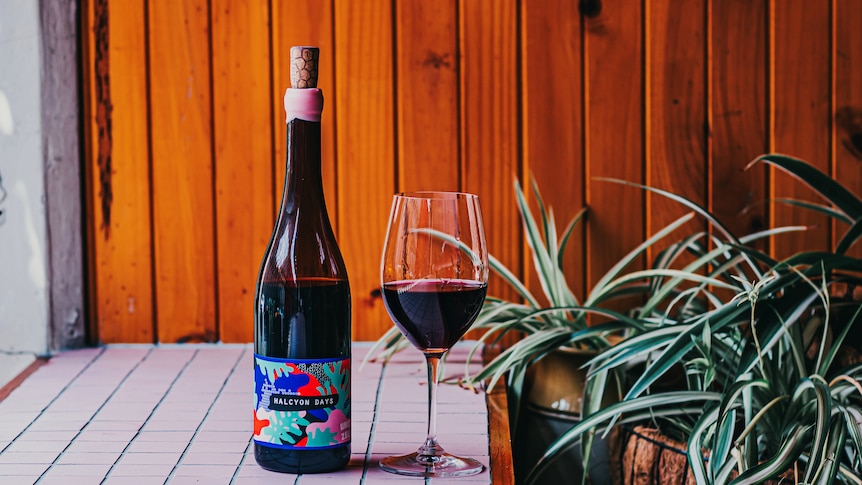In news that will strike fear into the heart of anyone who has struggled with a corkscrew, the traditional wine closure — cork — is making a comeback.
Key points:
- Winemakers say cork is more sustainable and improves the aging process of wine
- Only about 15 per cent of Australian wines use a cork closure
- A cork manufacturing company says a recycling program requires a critical mass of the closure
While screw caps have dominated the Australian wine industry for decades, a new generation of winemakers is going old school.
Noah Ward is a brand ambassador at Unico Zelo, which produces wines in South Australia’s Adelaide Hills.
He said making wine more sustainable was behind the push to put corks back into bottles.
“You can’t grow a screw cap. It’s a finite resource that you have to mine … but you can grow cork trees til the cows come home,” Mr Ward said.
“There’s also that little plastic polymer that’s not necessarily good for the planet [because it] won’t biodegrade very well.”
Mr Ward said in addition to its environmental benefits, corks also helped wines develop more naturally.
“Our business started in the 2010s, which was a pretty big shift in the wine industry with the emergence of natural wine or lo-fi wine, minimal intervention, wine. Most of the producers of that ilk were using corks or other products like that ,” he said.
“There are things that screw caps can do better than corks, they can keep wine protected from oxygen for a long period of time, so they can age a lot longer.
“But I like to see a wine develop quicker, so I can actually drink it [sooner rather] than wait 25 years for my semillon to finally get to that point where it’s not extremely high in acid.”
Why did corks fall out of fashion?
General manager Dan Simmons of Australian cork manufacturer Vinocor said the change came about because of a chemical called trichloroanisole or TCA.
“The term is ‘corked’,” he said.
“TCA can make the wine smell like wet cardboard—it basically ruins the wine.
“Back in the 90s, around 5 per cent of wines were being tainted by this chemical compound.”
In response to this, Mr Simmons said Australian wine producers started shifting to screw caps in the early 2000s.
“The cork industry went from supplying nearly all of the market to a position where probably only 10 per cent of the market was filled with cork,” he said.
Then in 2004 Diam created a solution.
“They took some technology that was used by the coffee industry to remove caffeine from coffee beans and adapted that to the cork industry to remove TCA and other flavour-modifying molecules,” Mr Simmons said.
“It also solved the other problem of bottle variation because the Diam cork is actually granulated cork, and then it’s put back together. So they’re very consistent as it removed the problem of random oxidisation.”
But the local industry had moved on.
Mr Simmons said while cork was experiencing a resurgence, making up about 15 per cent of closures of Australian wines, more companies needed to use it to make recycling programs effective.
“The secondary uses are immense,” he said.
“[Cork is in] the soles of shoes, in building products, and sporting goods such as the inside of cricket balls.”
Mr Simmons said Vinocor hoped to work with competitors to encourage the use of corks more widely.
“Sustainability is very important for the wine industry. We’re signatories to the Australian packaging covenant, so we need to find ways to make sure that our packaging products are recyclable or compostable,” he said.
“Certainly in other markets around the world, like in America and in Europe, collecting corks for recycling is just normal practice because they have the critical mass.”
not corkscrew? No problem
Mr Ward said once consumers understood the benefits of cork, they were on board.
But ensuring they had the tools to open wines with this closure had been a challenge.
Last year Unico Zelo even ran a “sabre off” competition calling for customers to share videos on social media of them cutting open wine bottles.
“One of my favorite things in the world is trying to MacGyver open a bottle of wine,” Mr Ward said.
“You can even open wine with a shoe, I’ve done that a few times before, you can get tricky with drills… you can even use a spatula.”
“But I think now it’s becoming one of those things where if you’re into wine and you start buying stuff from interesting small producers you’re going to have to spend 10 bucks to buy a corkscrew.”
.

